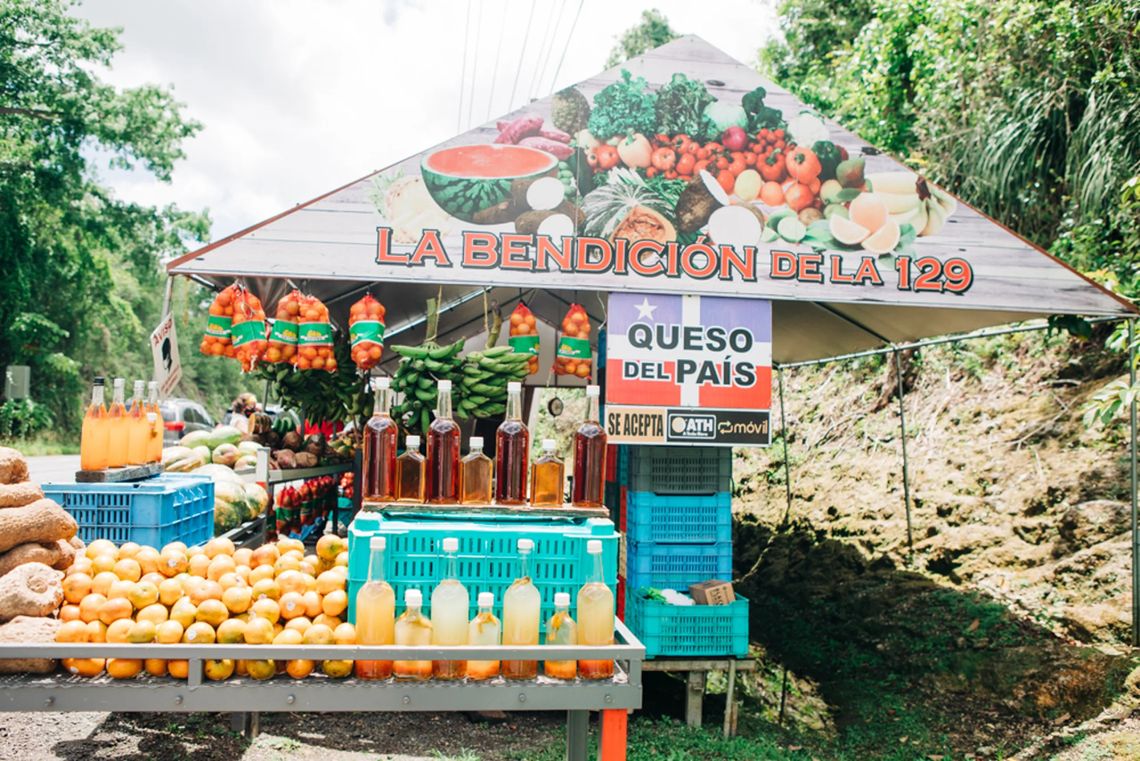Story Summary
- Souvenirs are often much more than the physical item, they are receptacles of an emotional connection
- Local honey is often produced by local beekeepers on a smaller scale than a commercial operation.
- Nearly every local beekeeper has a story and a narrative.
Even the most well-traveled cannot resist buying a souvenir from each place they visit.
Souvenirs are often much more than the physical item, they are receptacles of an emotional connection to the memory of a place. They are totems of the adventures we want to remember forever. And nothing can be more memorable than a jar of local honey.
Thought to have been harvested since the Neolithic period, this sweet nectar symbolizes more than just our deeply interconnected relationship with bees. Honey has even made it to the international space station because of its long-lasting shelf-life!
Nearly every local beekeeper has a story and a narrative. And honey has numerous uses and beneficial properties besides being something delicious to eat.
"Honey is known to have natural antioxidants, antibacterial, and anti-fungal properties," Rebecca Diederick, owner of Deeds Bees in Santa Rosa Beach, Florida, said. "Honey can help alleviate sore throats, seasonal allergies, and function as an antiseptic for cuts or wounds."
Local honey is often produced by local beekeepers on a smaller scale than a commercial operation, oftentimes meaning it is raw and not pasteurized. This is important because pasteurization kills the natural enzymes in honey, and strips the pollen particles and antioxidants, essentially removing many of the benefits that raw honey provides.
"Local honey is produced by the bees from the flowers in the surrounding environment. The added benefit is knowing exactly where the honey is from and understanding the beekeeper's perspectives," says Jonathan Hitchcock of Wild Apiary Island in Bermuda. "Because of its small size, Bermuda does not have large scale monoculture or single variety plants. Instead, their bees forage entirely on wildflowers – most of which are endemic – creating honey entirely unique to Bermuda. Summer harvest is dark in color and consists of nectar foraged from Fiddlewood trees, Bay Grape trees and others. Fall harvest is lighter in color with a sweet floral taste and peppery after taste thanks to the Brazilian pepper tree."
Honey is the essence of a region
Local honey is the truest essence of a region. I still remember the taste of the honey I purchased from a roadside vegetable stand in Puerto Rico.
Harvested from the island’s population of African-European hybrid honeybees, the honey was packaged in recycled alcohol bottles without any labels or markings. For months after my visit, every taste of the sweet dark amber nectar took me back to the island – almost as if the soft breeze of the Atlantic Ocean and the vibrant flavors of Puerto Rico were bottled up just for me.
In their constant search for food, honeybees play a significant role in the pollination of many agricultural crops. They are responsible for the pollination of one in every three bites of food. Not only does this help us humans, but directly correlates to global biodiversity.
In their daily search for food, bees pollinate the flowers of many shrubs, trees, and plants, producing a seed crop for the flora they reach. Local beekeepers use this to their advantage.
Hayden and Jen Sachedina from Queensville Ontario found a large beehive in their barn four years ago. Rather than calling an exterminator to remove the bees, the mother and son duo called a local beekeeper for advice. Now, they are looking to sell their small-batch hyper-localized honey in farmers' markets.
"Our honey is indicative of our farm. These bottles tell our story – the love, care, and respect we have for these incredible insects," says Hayden.
Each terroir of honey documents the composite taste of a region in terms of time, place, and season.
"We have seen nectar from the same neighborhood differ in taste and color each season, localizing the multitude of flavors," says Nicole Buergers of Bee2Bee Honey Collective, which provides a mentorship program for beginner beekeepers and a hive hosting collective that places beehives in backyards, rooftops and businesses all over Houston.
So be it honey from thorny plants in Jordan that give it a tangy taste, silky-smooth honey from Yemen that has a buttery texture, or wildflower-and-clover raw floral honey from Calgary that reminds me of the mountains, each honey pot tells a tale – rich in culture, history, people, and community – exactly what a travel souvenir should do!
Karthika Gupta is a culture and travel photographer, freelance writer and podcaster who focuses on documenting stories and visual narratives around global culture, diversity, and lifestyle.


Comment
Comments